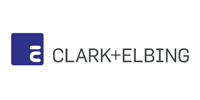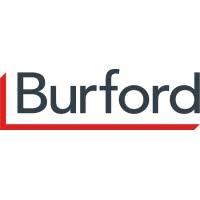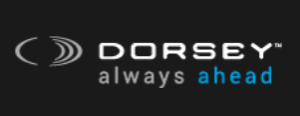 Dorsey’s Patent group is seeking an associate with two to three years of experience and a technical background in computer science, electrical engineering, or a related field and an interest for patent prosecution involving complex software systems. Successful candidates may be based in Seattle, Salt Lake City, or Denver, and a demonstrated commitment to one of these locations is preferred. You will join an exceptional team of attorneys, agents, paralegals, and staff servicing a wide array of clients – from large multinational corporations to entrepreneurs and innovative startup companies. You will have responsibility for an active docket of patent prosecution matters – from drafting applications through all phases of domestic and foreign patent prosecution. You will have the opportunity to counsel clients on patent strategy, and gain exposure to conducting searches and preparing patentability, invalidity, and non-infringement opinions. In our general practice firm, there are also opportunities to support litigation and transactional practices.
Dorsey’s Patent group is seeking an associate with two to three years of experience and a technical background in computer science, electrical engineering, or a related field and an interest for patent prosecution involving complex software systems. Successful candidates may be based in Seattle, Salt Lake City, or Denver, and a demonstrated commitment to one of these locations is preferred. You will join an exceptional team of attorneys, agents, paralegals, and staff servicing a wide array of clients – from large multinational corporations to entrepreneurs and innovative startup companies. You will have responsibility for an active docket of patent prosecution matters – from drafting applications through all phases of domestic and foreign patent prosecution. You will have the opportunity to counsel clients on patent strategy, and gain exposure to conducting searches and preparing patentability, invalidity, and non-infringement opinions. In our general practice firm, there are also opportunities to support litigation and transactional practices.
Dorsey’s patent group includes a diverse team of 35 Patent attorneys and 5 agents and technical advisors spread across five of Dorsey’s offices (Denver, Minneapolis, Palo Alto, Salt Lake City, and Seattle) who advise clients around the world on developing domestic and international intellectual property portfolios; conducting patent prosecution, including reexamination, reissue, and foreign filings; preparing patentability, validity and infringement opinions; supporting intellectual property commercialization and technology transfers; and performing M&A intellectual property due diligence. We are supported by a talented and dedicated team of paralegals and legal staff.
The following qualifications are required:
- USPTO admission
- Two to three years of patent attorney or agent experience
- B.S. and/or M.S. in Computer Science or Electrical Engineering, or a B.S. in Engineering with relevant technical Electrical Engineering or Computer Science work experience
- Strong academic performance and writing ability
Preferred candidates will thrive in a fast-paced, client-centric team where they enjoy a significant amount of responsibility for seeing matters through to completion.
Colorado bar admission preferred for Denver candidates. Washington bar admission preferred for Seattle candidates. Utah bar admission preferred for Salt Lake City candidates. Minnesota bar admission preferred for Minneapolis candidates.
In addition to submitting your cover letter, resume and transcript with your application, please also submit a patent prosecution writing sample.
For Denver applicants only (as required by the Colorado Equal Pay Act): The starting salary for associate positions in our Denver office is $180,000. Pay is determined based on a variety of factors including, but not limited to, depth of experience in the practice area. Associates are eligible to participate in Dorsey’s associate bonus program, subject to the program’s conditions and restrictions.
Dorsey offers opportunities for advancement within a collaborative and dynamic environment, competitive salary, and excellent benefits. Our benefits include comprehensive medical, dental, and vision insurance; domestic partner benefits (for same-sex and opposite-sex domestic partners); Dorsey & Whitney 401(K) Retirement and Savings Plan; 15 weeks of paid parental leave, plus an additional 6-8 weeks of paid short-term disability for lawyers who give birth; adoption assistance; back-up child care program; education and college advising programs; well-being programs and activities; a 24/7 employee assistance program with confidential counseling; and more!
Dorsey values the strength that comes from a diverse and inclusive work environment. It contributes to the success of our people and our clients and enriches our experience. We believe that everyone should feel at home and part of our community.
You will receive consideration for employment without regard to race, color, creed, religion, ancestry, sex, national origin, sexual orientation, gender identity, affectional preference, disability, age, marital status, familial status, status with regard to public assistance, military or veteran status, or any other legally-protected status.
Dorsey participates in E-Verify.
About Dorsey:
Clients have relied on the international law firm of Dorsey & Whitney LLP since 1912 as a trusted legal advisor and valued business partner. With locations across the United States as well as Canada, Europe and Asia, Dorsey provides an integrated, dedicated approach to its clients' legal and business needs. Dorsey’s diverse client base includes more than one-third of Fortune 100 companies.
Our lawyers apply superb legal knowledge and skills with practical wisdom and a deep understanding of business and industry. We serve clients in nearly all industries, but focus on six key industries in which we have excellent depth and a history of achieving client success:
- Banking and Financial Institutions
- Development and Infrastructure
- Energy & Natural Resources
- Food, Beverage & Agribusiness
- Healthcare
- Technology
Dorsey’s distinguished alumni include U.S. Supreme Court Justice Harry Blackmun, noted law professor and scholar William Prosser and former U.S. Vice President Walter Mondale. Recognized for our dedication to community, Dorsey has met the ABA Law Firm Pro Bono Challenge every year since the Challenge began in 1993 by devoting more than 3% of billable hours to pro bono work.
One of our greatest strengths is a friendly, cooperative culture that values and appreciates each individual. Dorsey has received external recognition for our welcoming workplace, including:
- Mansfield Certification Plus (Diversity Lab)
- Best Law Firms for Women (National Association of Female Executives and Flex-Time Lawyers)
- 100% rating on the Corporate Equality Index (Human Rights Campaign)
- Gold Standard Certification (Women in Law Empowerment Forum)
- Adoption Advocate (Dave Thomas Foundation for Adoption)
Dorsey accepts online applications at http://www.dorsey.com/attorneyjobs. We do not accept application materials by mail or email except as a reasonable accommodation for qualified disabled applicants. Individuals who are unable to use our online process due to a disability should call 612-492-5149.
Additional Info
Employer Type: Law Firm
Job Location: Denver, CO; Minneapolis, MN; Salt Lake City, UT; Seattle, WA
 Middleton Reutlinger, a midsize firm located in downtown Louisville, Kentucky seeks a full-time associate with an electrical engineering, computer engineering, computer science, or physics degree and preferably at least two years of relevant experience. Candidates must be qualified to be registered to practice before the U.S. Patent and Trademark Office.
Middleton Reutlinger, a midsize firm located in downtown Louisville, Kentucky seeks a full-time associate with an electrical engineering, computer engineering, computer science, or physics degree and preferably at least two years of relevant experience. Candidates must be qualified to be registered to practice before the U.S. Patent and Trademark Office.
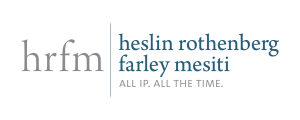

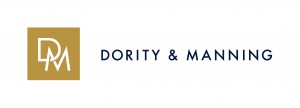


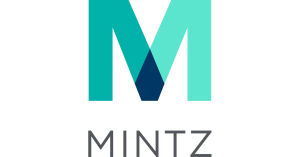
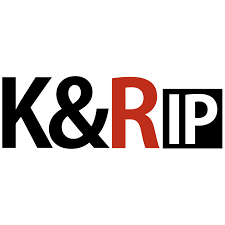
 Are you looking to join an established team at an AmLaw100 firm?
Are you looking to join an established team at an AmLaw100 firm? 
